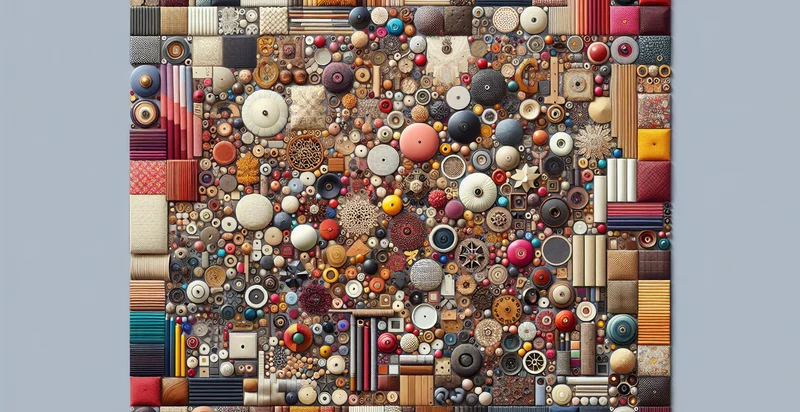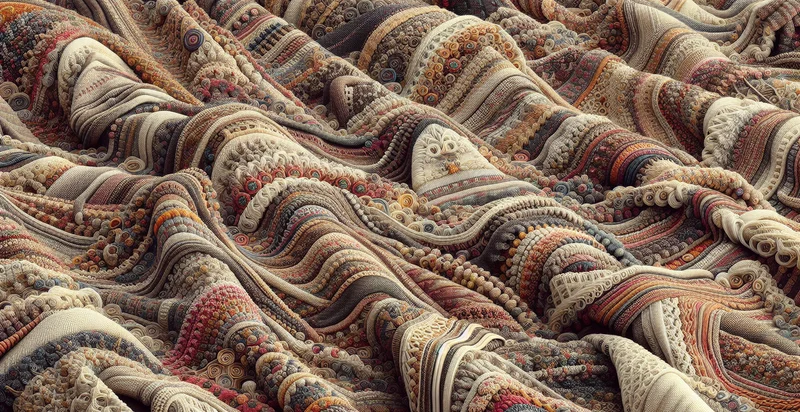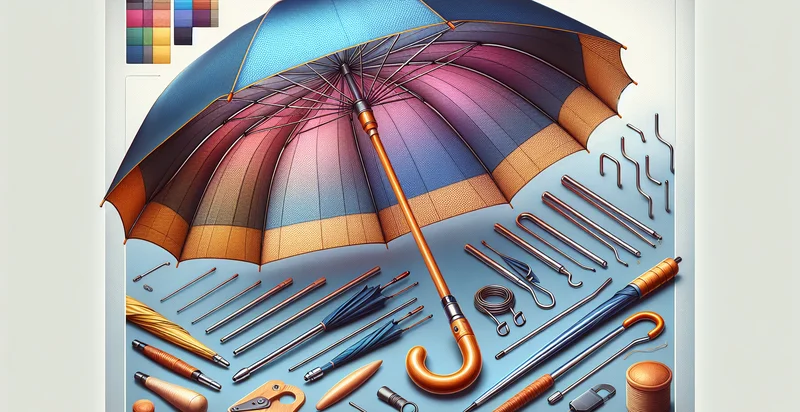Identify cover material
using AI
Below is a free classifier to identify cover material. Just upload your image, and our AI will predict what type of cover material it is - in just seconds.

Contact us for API access
Or, use Nyckel to build highly-accurate custom classifiers in just minutes. No PhD required.
Get started
import nyckel
credentials = nyckel.Credentials("YOUR_CLIENT_ID", "YOUR_CLIENT_SECRET")
nyckel.invoke("cover-material", "your_image_url", credentials)
fetch('https://www.nyckel.com/v1/functions/cover-material/invoke', {
method: 'POST',
headers: {
'Authorization': 'Bearer ' + 'YOUR_BEARER_TOKEN',
'Content-Type': 'application/json',
},
body: JSON.stringify(
{"data": "your_image_url"}
)
})
.then(response => response.json())
.then(data => console.log(data));
curl -X POST \
-H "Content-Type: application/json" \
-H "Authorization: Bearer YOUR_BEARER_TOKEN" \
-d '{"data": "your_image_url"}' \
https://www.nyckel.com/v1/functions/cover-material/invoke
How this classifier works
To start, upload your image. Our AI tool will then predict what type of cover material it is.
This pretrained image model uses a Nyckel-created dataset and has 20 labels, including Bio-Based Material, Ceramic Material, Composite Material, Durable Material, Eco-Friendly Material, Glass Material, Insulating Material, Laminated Material, Lightweight Material and Metallic Material.
We'll also show a confidence score (the higher the number, the more confident the AI model is around what type of cover material it is).
Whether you're just curious or building cover material detection into your application, we hope our classifier proves helpful.
Related Classifiers
Need to identify cover material at scale?
Get API or Zapier access to this classifier for free. It's perfect for:
- Material Sourcing Verification: This function can be used by textile companies to verify the composition of materials used in their products. By identifying the cover material, businesses can ensure compliance with sustainability standards and avoid mislabeling.
- Quality Control in Manufacturing: Manufacturers can implement this function in their quality control processes to automatically assess the cover material of products before they are shipped. This helps reduce returns and enhances customer satisfaction by ensuring that products meet the specified material standards.
- E-commerce Product Validation: Online retailers can utilize this function to validate product images uploaded by sellers. By confirming the cover material, e-commerce platforms can maintain quality assurance and trust among customers regarding product descriptions.
- Insurance Claims Assessment: Insurance companies can apply this function to assess claims related to fabric damage (e.g., for upholstery or garments). By identifying the cover material in images submitted with claims, insurers can provide fair evaluations based on the expected performance of specific materials.
- Environmental Impact Analysis: Environmental organizations can use this function to analyze the types of cover materials used in various products. By systematically classifying materials, stakeholders can better understand the environmental footprint associated with different textiles and advocate for more sustainable practices.
- Product Counterfeit Detection: Businesses can employ this image classification function to detect counterfeit items by comparing the cover material against authentic products. This helps maintain brand integrity, protect consumers, and minimize losses due to imitation products.
- Fashion Trend Analysis: Fashion brands can leverage this function to analyze market trends by categorizing the cover materials used in current collections. This data can inform design decisions and help brands stay ahead of emerging trends while meeting consumer preferences.


